Altar Table with Auspicious Symbols
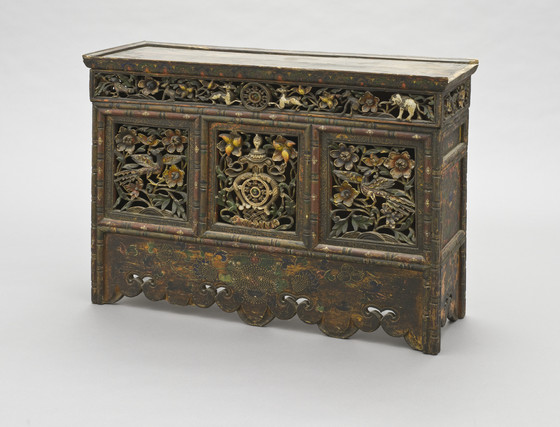
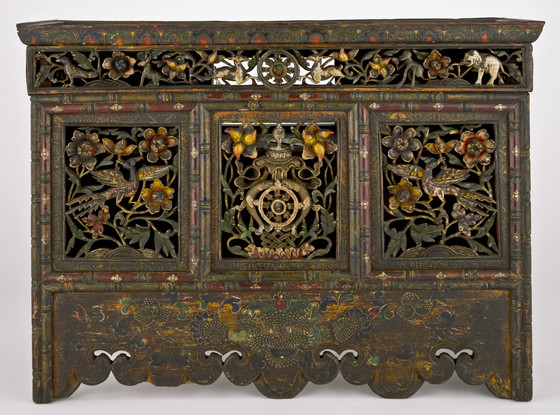
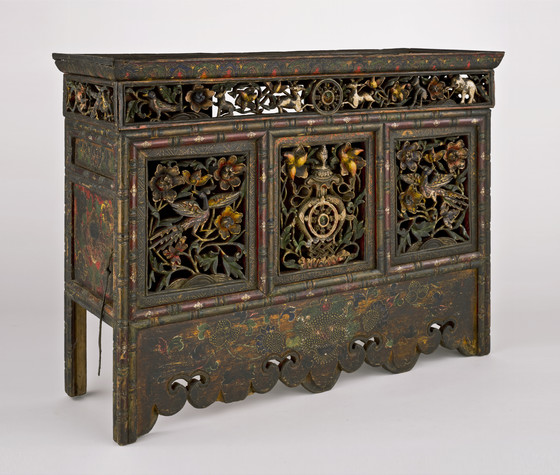
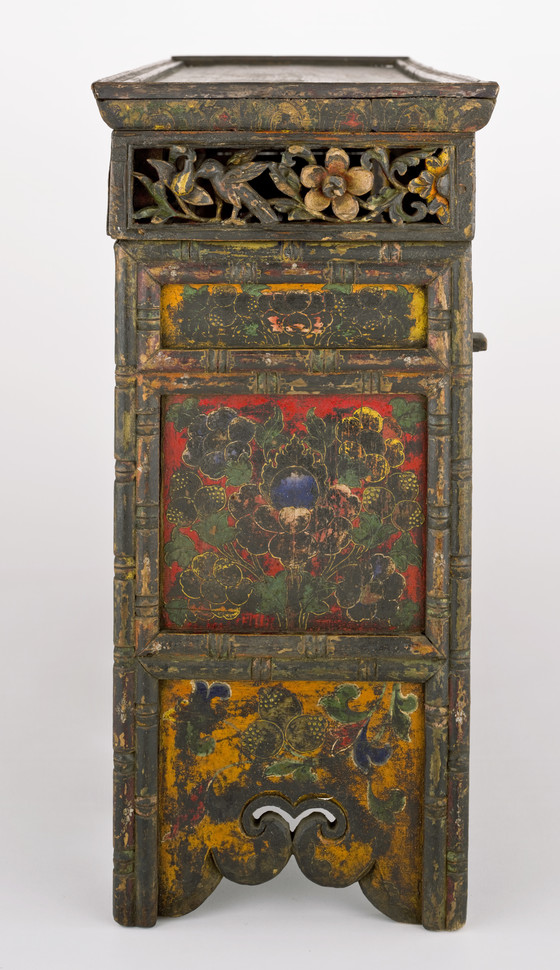
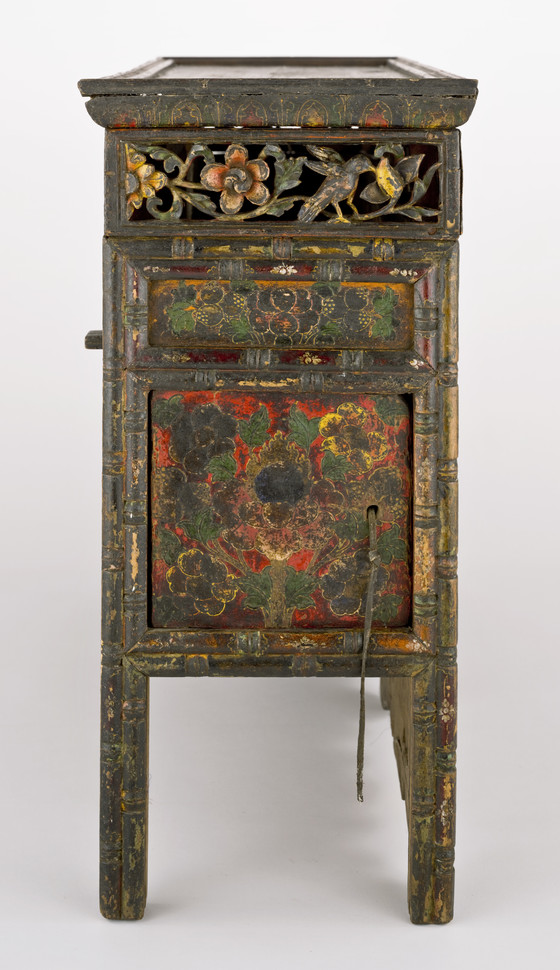
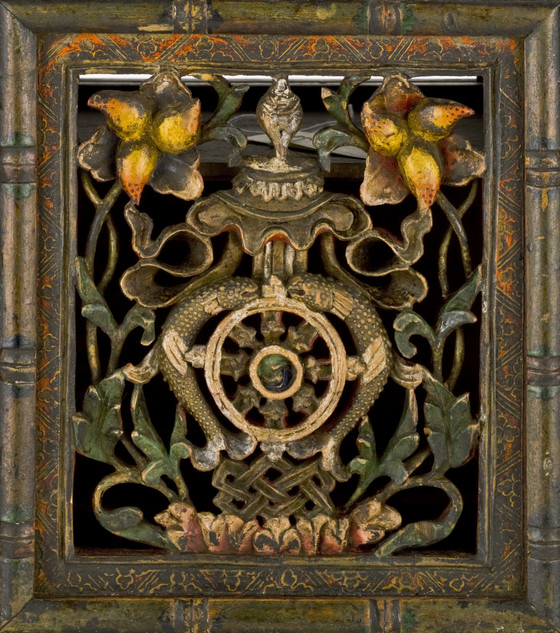
Please log in to add this item to your gallery.
View comments
No comments have been posted yet.
Add a comment
Please log in to add comments.
Please log in to add tags.
* Nearly 20,000 images of artworks the museum believes to be in the public domain are available to download on this site.
Other images may be protected by copyright and other intellectual property rights.
By using any of these images you agree to LACMA's Terms of Use.
Altar Table with Auspicious Symbols
Central Tibet, 19th century
Furnishings; Furniture
Wood with mineral pigments
24 3/8 x 33 7/8 x 11 3/4 in. (62.23 x 86.0425 x 29.845 cm)
Gift of Ruth Sutherlin Hayward and Robert W. Hayward in honor of the 18th birthday of the 11th Panchen Lama, Gendun Choekyi Nyima, and the continuation of the historic relationship between him and the Dalai Lama - as each other's teachers. (M.2007.109)
Not currently on public view


